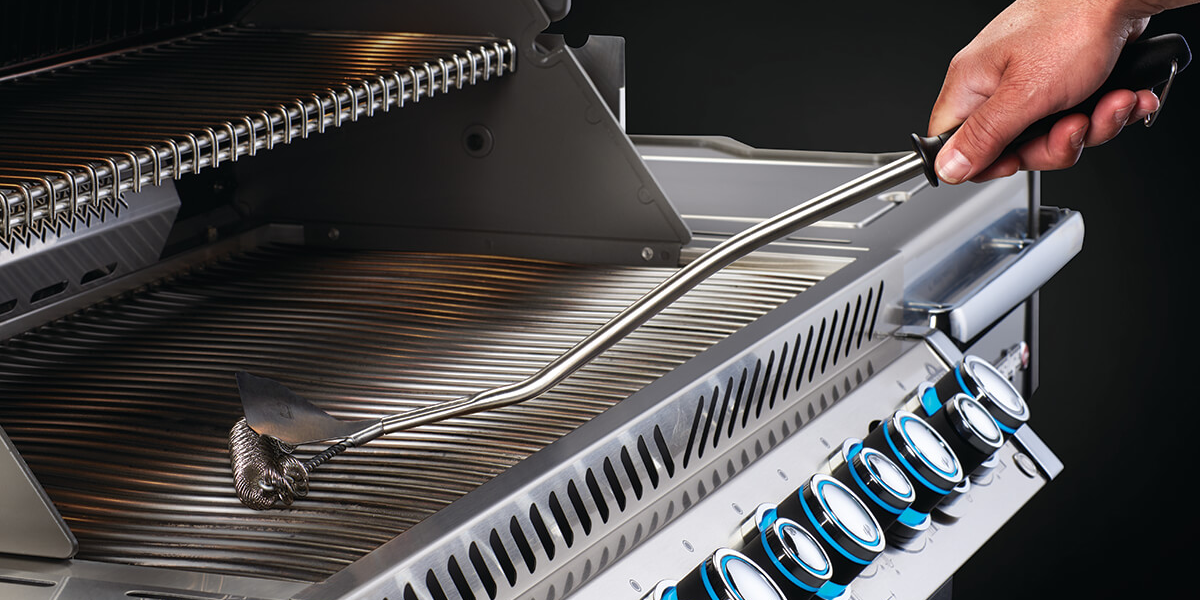Crafting Your Own Grill Grates: A BBQ Enthusiasts Guide
Written By James Morgan
For barbecue aficionados, the art of creating the ideal grill grates is both a necessity and a true labor of love. Being able to craft your own grill grates can elevate your grilling experience, giving you the power to customize the design and materials to perfectly suit your preferences. If you've been curious about how to embark on this rewarding DIY adventure, look no further.
While the idea of making your own grill grates might seem intimidating initially, with the right guidance, it transforms into a fulfilling project that personalizes your grilling journey. Not only does it offer a sense of achievement, but it also permits customization that enhances your food preparation results. In this guide, we will explore the essential steps, materials, and helpful tips required to create your very own grill grates.

Why Consider Building Your Own Grill Grates?
Before we get into the 'how,' let's discuss the 'why.' Many commercially manufactured grill grates might not cater to the needs of passionate barbecue lovers. They can wear out faster, not retain heat effectively, or be challenging to clean. By crafting your own grill grates, you can handpick materials that ensure improved heat distribution, durability, and ease of maintenance.
Moreover, custom grill grates give you the freedom to explore various designs, such as bar spacing or unique patterns that create a distinctive imprint on your foods, thereby enhancing the presentation of your grilled masterpieces.
Selecting the Right Materials
One of the essential steps in creating your grill grates is choosing appropriate materials. Stainless steel is a favored option for its durability and rust resistance, while cast iron is also highly regarded for its excellent heat retention, though it does require some upkeep to prevent rust.
When selecting materials, consider heat conductivity, maintenance ease, and longevity. It's also crucial to ensure that the materials you choose are food-safe and suitable for high-temperature cooking.
Designing Your Grill Grates
After selecting your materials, it's time to design your grill grates. Take into account the dimensions of your grill and the types of foods you regularly prepare. For example, if you often grill smaller items like vegetables or seafood, closer bar spacing could be beneficial, preventing food from dropping through.
It's also important to decide between fixed or adjustable grates. Adjustable grates provide versatility, allowing you to control the distance from the heat source, which is advantageous for various cooking methods.
Step-by-Step Process to Build Your Grill Grates
Step 1: Gather Necessary Tools and Materials
Ensure you have all the tools needed, including a hacksaw or angle grinder for cutting metal, a welder for joining pieces, and a drill for any required holes. Don't forget to wear safety gear, like gloves and goggles.
Step 2: Measure and Cut
Measure the dimensions of your grill and mark these measurements on your chosen material. Use the hacksaw or angle grinder to cut the metal to your desired size and shape.
Step 3: Assemble the Grates
Arrange the cut pieces according to your design. Employ the welder to join the pieces at the joints, ensuring all bars are securely connected and the grate is stable.
Step 4: Finish and Test
Once assembled, carefully inspect your grill grates for any sharp edges and smooth them out with a file. Finally, test your grates on your grill to confirm they fit well and function as expected.
Maintenance Tips for Longevity
To keep your custom grill grates in optimal condition, consistent maintenance is vital. After each use, thoroughly clean the grates with a wire brush to eliminate food particles and avoid buildup. Applying a thin layer of oil after each use can help prevent rust, particularly on cast iron grates.
For more detailed advice on grill maintenance, check out this cleaning guide for keeping your grill grates in great shape.
Additionally, you can find valuable insights on enhancing your grilling knowledge in the scientific understanding of grill grates here.

Frequently Asked Questions
Q1: What materials work best for DIY grill grates?
A: Stainless steel and cast iron are top choices due to their durability, heat retention, and ease of maintenance.
Q2: How can I stop my grill grates from rusting?
A: Regular cleaning and a light oil application after each use can help ward off rust, especially for cast iron grates.
Q3: Is it possible to customize the spacing of the bars on my grill grates?
A: Absolutely! Customizing bar spacing can greatly benefit various food types and grilling approaches, offering flexibility and enhancing cooking outcomes.



